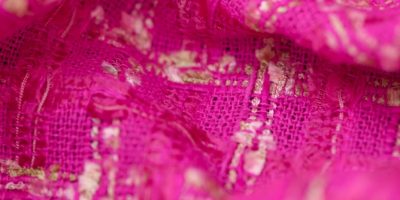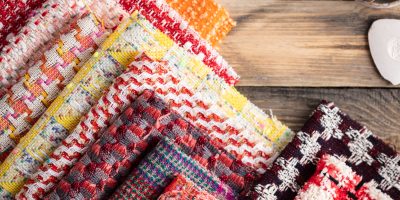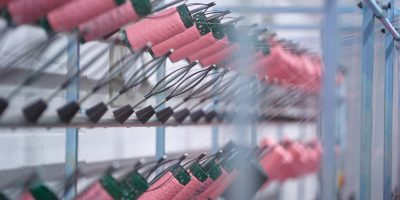We may be biased, but we really do believe that tweed is one of the best fabrics that you can sew with. It makes for a durable, sturdy base for jackets, trousers, dresses and more, and it comes in an endless variety of colours and styles.
Tweed Sewing Tips For Beginners: Advice For Starting Your First Crafting Project
Tweed can be a little tricky for beginners though, but don’t let this put you off from giving it a go. We’re giving you the best starting point possible with these 8 beginner-friendly tweed sewing tips!
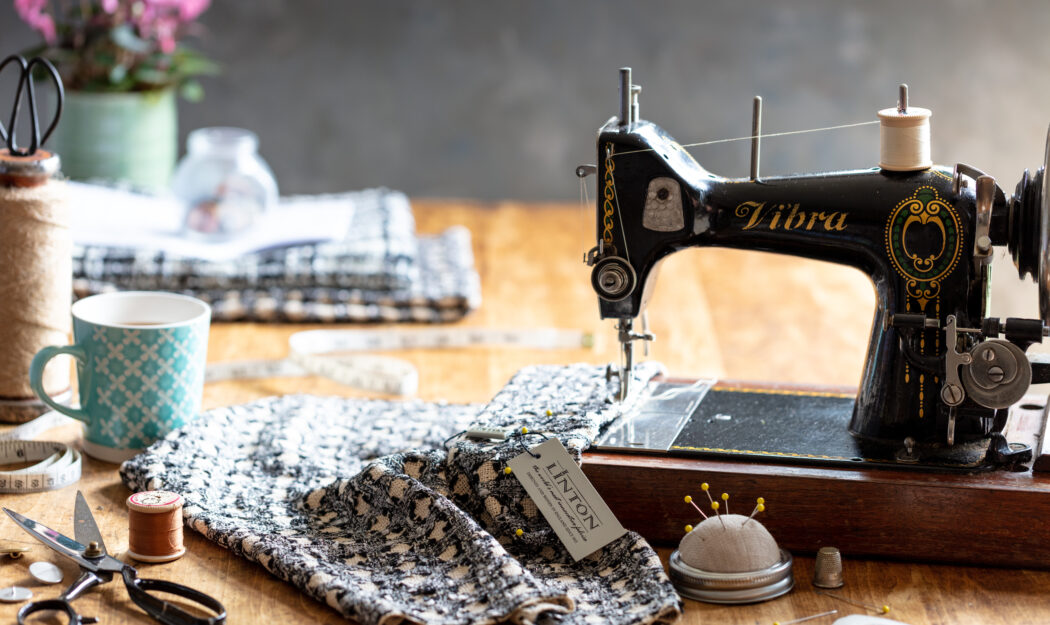
Our top tweed sewing tips for beginners
Tweed can be a little tricky for beginners though - mainly due its dense weave, tendency to fray, and structured nature - but don’t let this put you off from giving it a go! Handling tweed with confidence just requires a little extra patience, and some considerate preparation. We’re giving you the best starting point possible with these 8 beginner-friendly tweed sewing tips!

1. Choose a simple sewing pattern
When sewing with tweed for the first time, we’d suggest keeping it simple when choosing your sewing pattern. Opt for a basic design, like an edge-to-edge jacket style with clean lines and minimal shaping. This will be the perfect type of canvas to help you to get to grips with the material, as it doesn’t include any kind of complex features like lapels or intricate closures, allowing you to focus on the core principles of working with tweed - pressing seams, and getting a nice, neat finish. Once you feel confident, you can move on to more tailored pieces and fitted silhouettes.
2. Get measured by a professional sewist
Fit is everything when sewing with structured fabrics like tweed, and if your measurements are off, even by a small amount, the final garment might not sit quite right. For your first tweed project, it’s worth having your measurements taken by a professional sewist or a friend with experience. They’ll record accurate measurements (e.g, bust, waist, hip, and back length), ensuring your pattern adjustments are right, A well-fitted jacket feels comfortable, but it also looks far more expensive and tailored.
3. Order a sample and test it first
One of the savviest starting points you could have for making your first tweed garment is ordering a sample of the fabric you’d like to use. By doing this before cutting into your main pieces, you’ll already know how your sewing machine handles the fabric - particularly when it comes to adding buttonholes and seam finishes.
Tweed varies widely in thickness and fiber composition (most of our fabrics are wool or cotton base with mixed fibre fancy yarn) and every type behaves differently under the needle. A quick test run helps you:
- Adjust your stitch length
- Experiment with different needles
- See how the fabric responds to pressing and interfacing
We have our online sample service where you can select a specific tweed quality or order a random pack of 20 in stock sample packs that gives you test pieces to trial before you order the fabric you’ll use for your garment. This is the perfect way to experiment with different styles before you commit to a specific material.
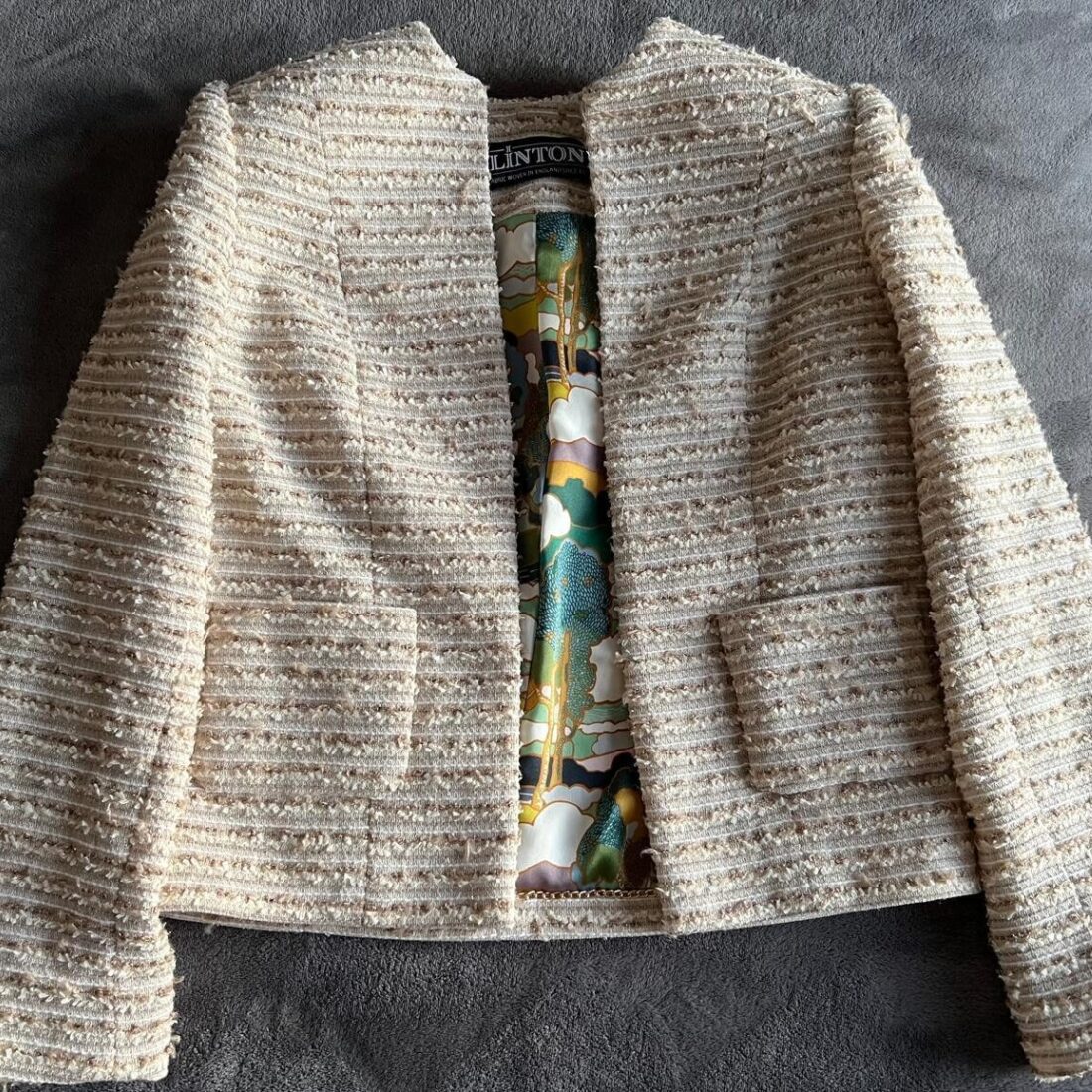
4. Skip pattern matching on your first project
Tweed comes in a range of patterns and finishes, including houndstooth, bouclè and fantasy yarn designs; while these patterns look stunning, they can be challenging to align across seams, so generally speaking we’d say they’re often suited to experienced sewers. For your first project, choose a plain or non-patterned tweed, and avoid the complexities that come with pattern matching. Once you’ve gained some confidence, you might want to progress to patterned tweeds and practice pattern matching at the seams.
If your patterned tweed, try a subtle texture rather than a bold check. It gives a similar visual richness without the stress of perfect alignment.
5. Make a toile before cutting tweed
In the sewing world, a toile is basically a test/practice version of your garment made from (usually) a cheaper fabric or a sample piece. This step might seem like extra work, but it’s absolutely worth it when working with pricier materials like tweed - especially if you’ll need a high quantity of your chosen fabric. By making a toile first, you can:
- Check the fit and proportions of your jacket
- Adjust sleeve length, shoulder width, or ease
- Practice sewing tricky areas before using your final fabric
A practice run is never a bad thing to try, and it’ll help to ensure your end result using your tweed looks as seamless and professional as possible!
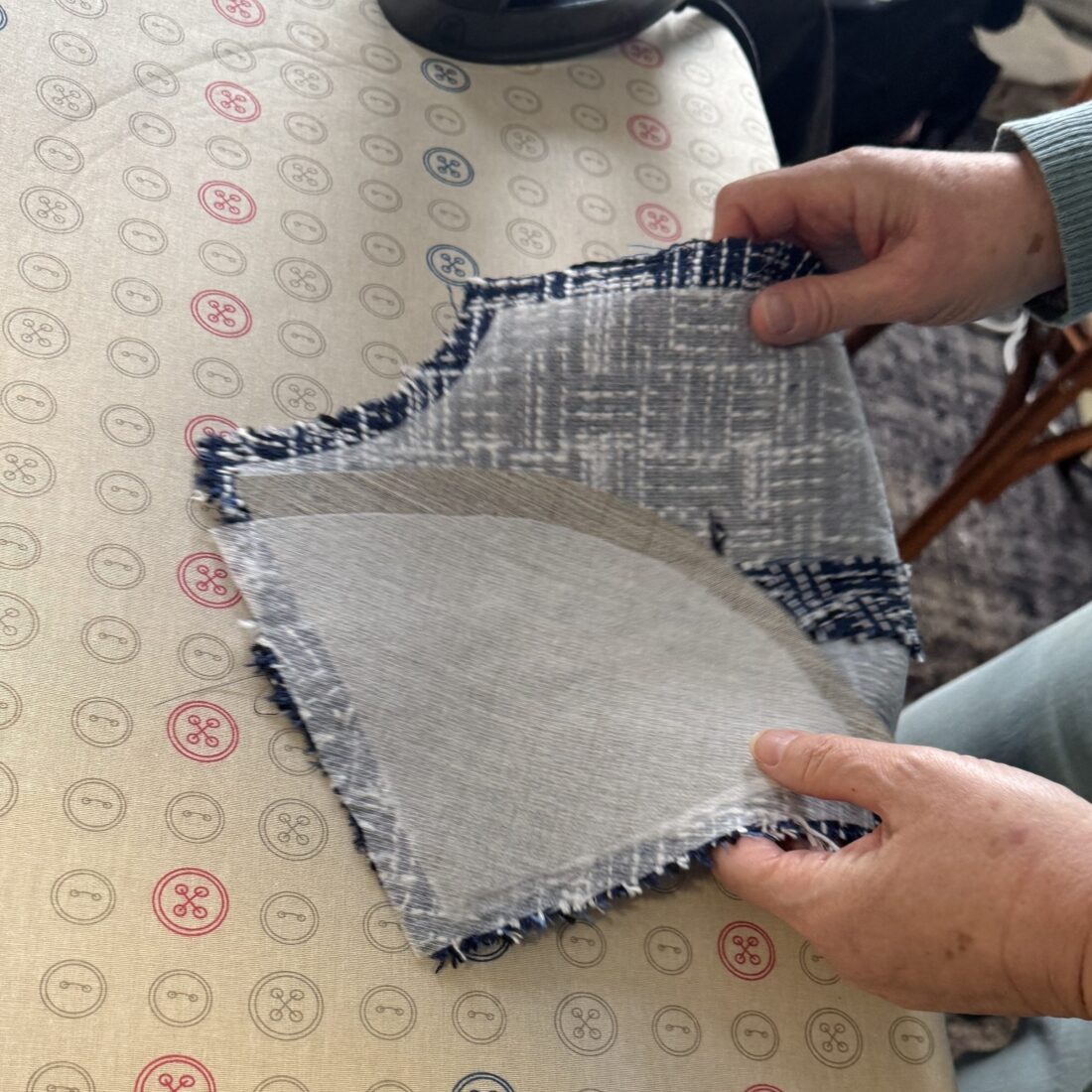
6. Interface all pattern pieces
When working with tweed, interfacing is used to add structure and stability. For the best results on your first tweed garment, we’d recommend interfacing every pattern piece using a lightweight woven or knitted interfacing as instructed by your sewing pattern - this means your project will hold its shape better, and it’ll also help the seam to lie flatter. Don’t skip this step - interfacing is what turns a soft piece of tweed into a structured, tailored jacket.
7. Use a fusible straight grain tape
Tweed, especially looser weaves, can stretch out of shape when handled or pressed during the garment making stages. To avoid this, remember to apply fusible straight grain tape along key areas such as:
- Front jacket edges
- Shoulder seams
- Necklines
This will stabilise the fabric, helping to maintain crisp lines and prevent sagging over time.

8. Join a sewing group for advice and support
Sewing can be a solo hobby, but it doesn’t have to be. Joining a sewing group, either in person or online, is a great way to get feedback, ask questions, and stay motivated when making your garment. One of the quirkiest ways we’ve seen our customers document their progress is by posting regular updates on social media, and we’ll also be looking for opportunities to share this type of content in our new community hub - a place where garment makers of all experience levels can share their latest tweed creations.
Start your first tweed garment making project with confidence
If we had to add a final couple of pointers to the list we’ve shared, it’d be to just enjoy the process! Working with tweed will be a learning experience more than anything on your first projects, so try to soak up as much as you can about the material and how to best handle it. Patience will also be your biggest payoff, and it’ll make the end result so much more worthwhile!
With a little practice and patience, tweed may just become your favourite fabric to work with - and you’ll be spoilt for choice with the range of tweed fabrics that we stock, giving you endless potential for the garments you could make.
